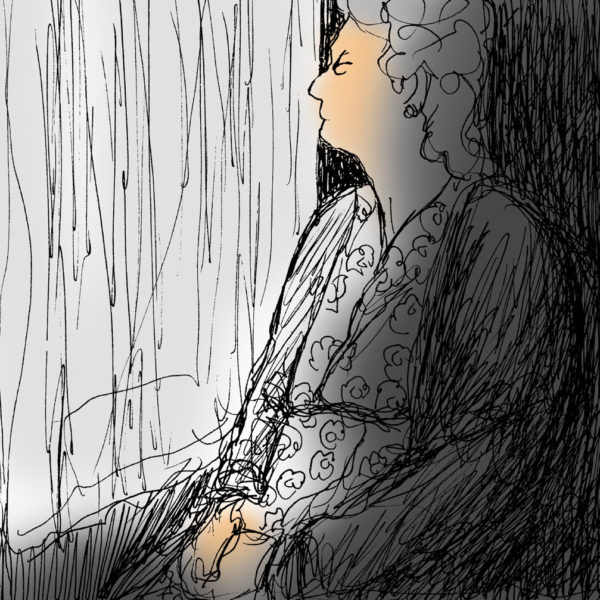World Elder Abuse Awareness Day, which was launched in 2006, falls on June 15. That happens to be my mother’s birthday, which I find darkly amusing and which probably has something to do with my ambivalence around the event. It’s terrific that World Elder Abuse Awareness Day is a thing. It’s awful that it has to be.
Every year an estimated one in 10 Americans over age 60—over seven million people in the United States alone—experiences some form of abuse. (This can take many forms—financial, emotional, physical or sexual—as well as exploitation and neglect.) Those numbers were undoubtedly worsened by extreme isolation during the main COVID-19 pandemic. We’ve also seen a chilling increase in hate crimes targeting Asian-Americans, many of whom have been older.
A staggering 95 percent of elder abuse cases go undetected. Nonetheless, unlike domestic violence or child abuse, we don’t talk about it much. Neither do many victims, who are embarrassed by their vulnerability, ashamed to ask for help, and—worst of all—think they may not deserve it. Over half of abusers are family members, which doesn’t make it legal but does make it harder to report.
What else underlies these appalling statistics? Ignorance and aversion on the part of the general public. Raised to value youth and speed, we grossly underestimate the quality of life of older people, as well as its value. We project our fears. We turn away, reluctant to acknowledge that we too are aging and some impairment awaits us all. And when we see people as “other” than ourselves, their welfare seems less of a human right.
Ageism (discrimination on the basis of age) is a new idea to lots of people. Many are even less familiar with ableism—discrimination on the basis of how our brains or bodies function. Ageism and ableism underlie the belief that being nondisabled is “normal” and that leading meaningful, desirable lives means staying youthful and disability-free. These prejudices inform and compound each other, the “ugly dance” to which the title of my new talk refers, “The Ugly Dance: How Ageism and Ableism Enable Abuse.”
Ageism and ableism stand between everyone—especially the most vulnerable among us—and the safe and comfortable old age we all deserve. We have the skills and the tools to disrupt this dance. In a world of longer lives, we can’t afford not to.



